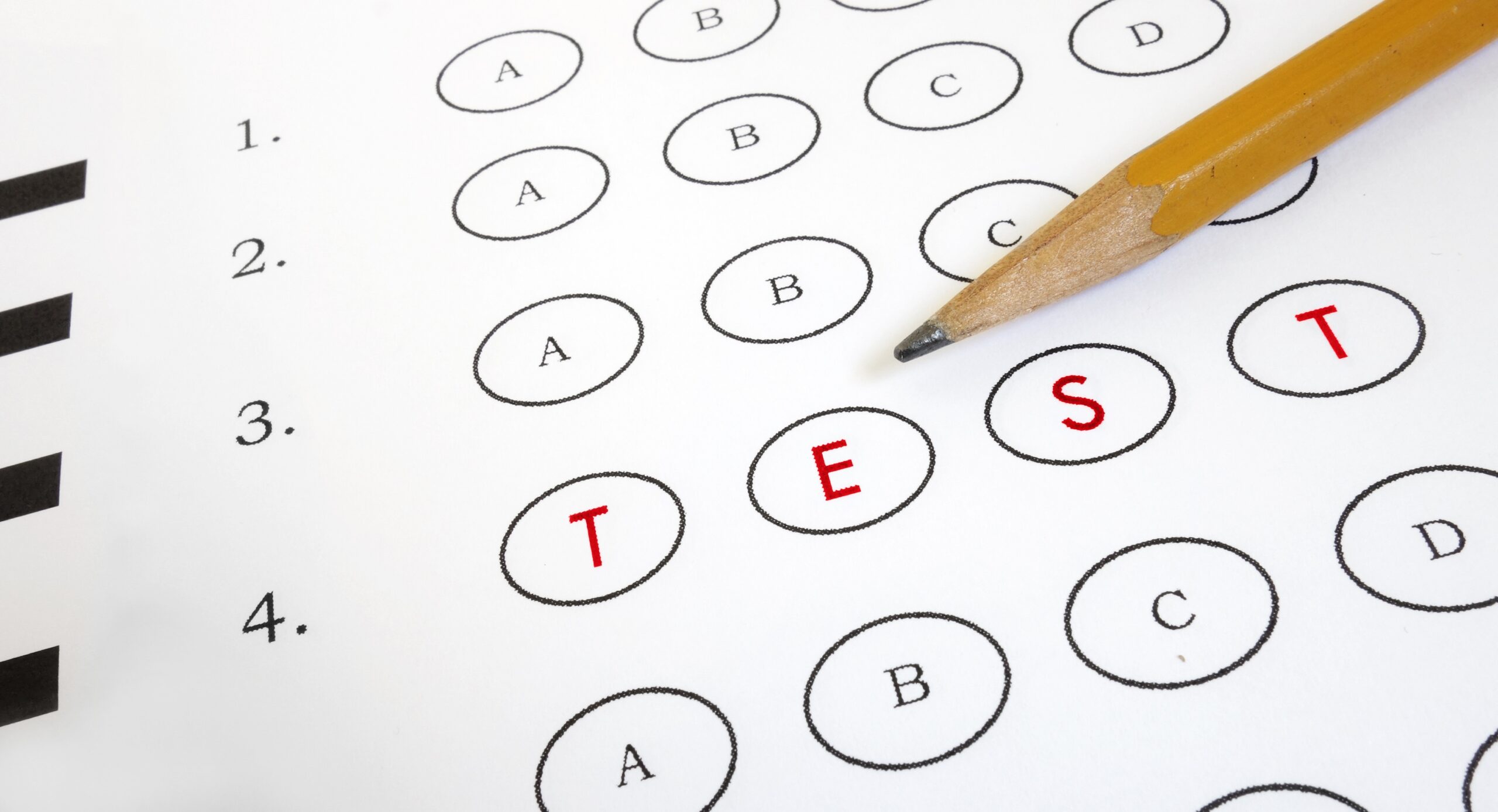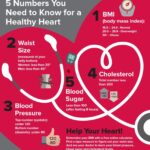A Complete Guide to Testing Estrogen Levels at Home: Options, Accuracy, and Next Steps

Introduction: Why Test Estrogen Levels at Home?
Understanding your estrogen levels is crucial for anyone experiencing symptoms of hormonal imbalance, navigating fertility issues, or simply seeking a proactive approach to health. Home testing has become increasingly accessible, allowing people to check hormone status without repeated clinic visits. However, it’s essential to know your options, understand what home kits can and cannot reveal, and be aware of the limitations and next steps. This guide will walk you through the science, real-world examples, step-by-step instructions, and alternatives for testing estrogen levels at home.
How At-Home Estrogen Testing Works
At-home hormone testing typically involves collecting a sample-either blood (via finger prick), urine, or saliva-using a kit sent to your home. These samples are then mailed to a certified laboratory for analysis. Results are provided online, often with dashboards, explanations, and sometimes clinical support. The main types of estrogen measured are estradiol (the primary estrogen in premenopausal women), and in some tests, its urinary metabolites, which offer a broader view of estrogen metabolism.
Types of Samples Used
- Blood (Finger Prick): Offers direct measurement of estradiol and other hormones. This is the most common method in comprehensive kits like those from Everlywell and LetsGetChecked. Example: Everlywell’s Women’s Health Test asks for blood and saliva samples to measure 10+ hormones including estradiol, progesterone, and LH [1] , [2] .
- Urine: Measures estrogen metabolites, providing insight into not just levels but how your body processes estrogens. The DUTCH Test is a leader in this area, using a dried urine sample [5] .
- Saliva: Sometimes used, but generally considered less precise for estrogen than blood or urine. Often paired with other sample types for a more comprehensive view.
Popular At-Home Estrogen Test Kits: What to Expect
Several reputable companies offer home hormone testing kits, each with unique features and levels of comprehensiveness. Below are three widely used options, their benefits, and their processes:
1. Everlywell Women’s Health Test
This kit analyzes estradiol along with several other hormones, giving a broader picture of hormonal health. The process is straightforward:
- Order the kit directly from Everlywell (or through major retailers).
- Collect blood and saliva samples following clear instructions.
- Use the prepaid mailer to send samples to a CLIA-certified lab.
- Results are typically available within 5-7 days online.
Everlywell’s test is frequently recommended for its ease of use and comprehensive approach, but users should be comfortable with finger pricks and collecting enough blood for the sample [1] , [2] .
2. LetsGetChecked Female Hormone Test
This test focuses on key hormones, including estradiol, FSH, LH, and prolactin . The collection is a finger-prick blood sample, and results are available online in about 2-5 days. LetsGetChecked provides dedicated clinical support to help interpret results. Their test may be especially useful for those monitoring fertility or menstrual health [3] .
3. Oova Hormone Monitoring Kit
Oova offers a daily, lab-accurate test for LH, estrogen (as E3G), and progesterone (PdG) using urine test strips and an AI-powered app. Results are provided in under 10 minutes, making it ideal for real-time fertility and perimenopause tracking. The system is trusted by clinics and provides quantitative hormone data, which is especially helpful for those with irregular cycles or who want to understand their unique hormone patterns [4] .
4. DUTCH Test (Dried Urine Test for Comprehensive Hormones)
The DUTCH Test is considered among the most comprehensive home hormone tests, analyzing not only estrogen levels but also their metabolites and related hormones. It requires a dried urine sample, and results yield detailed hormone profiles. This test is often used in clinical settings for people with complex hormonal issues, including PCOS, infertility, or perimenopause [5] .

Source: alamy.com
Step-by-Step Guide: How to Test Your Estrogen Levels at Home
While each kit comes with its own instructions, the general process includes:

Source: pixabay.com
- Purchase a reputable test kit from a verified provider such as Everlywell, LetsGetChecked, Oova, or DUTCH Test. Avoid unbranded or unregulated products.
- Review instructions thoroughly before starting. Some tests require you to test at a specific time of day or phase of your menstrual cycle.
- Prepare the sample collection area: Wash your hands, use a clean surface, and have all materials ready. If collecting blood, ensure you are hydrated and warm to aid blood flow.
- Collect your sample as instructed-this could be a finger prick (blood), urine, or saliva sample. Follow all guidelines to avoid contamination.
- Package your sample in the provided container and use the prepaid mailer for shipping to the lab.
- Wait for results: Most tests deliver results online in 2-7 days. You will receive a notification when they’re ready.
- Review your results using the provider’s dashboard or report. Some companies offer clinical support or educational sessions to help interpret findings.
- Share your results with your healthcare provider, especially if you have symptoms or abnormal values. Home tests are a starting point and should not replace professional medical evaluation.
Real-World Application: Who Should Test and Why?
Testing estrogen at home can be valuable for various reasons:
- Symptom Investigation: If you are experiencing irregular periods, hot flashes, unexplained weight changes, or mood swings, a home test can provide initial information to discuss with your doctor.
- Fertility Tracking: Those trying to conceive often monitor estrogen and related hormones to optimize timing.
- Perimenopause/Menopause: Monitoring changes in estrogen can clarify the transition and guide discussions on symptom management.
- PCOS Monitoring: Some kits help track complex hormonal changes associated with polycystic ovary syndrome.
For example, a woman experiencing irregular cycles and hot flashes may use an Oova kit to track daily fluctuations, then confirm trends with a blood-based test like Everlywell, and finally bring this data to a specialist for further evaluation.
Understanding Your Results and Next Steps
Home test results usually provide your measured hormone levels alongside reference ranges for your age or menstrual phase. However, interpreting results can be complex; hormone levels naturally fluctuate, and a single test may not capture the full picture. Key steps include:
- Read all provided guidance within your test kit’s report.
- Note any values outside the reference range and the time of your cycle when tested.
- Contact your healthcare provider to discuss abnormal or unclear results-bring your full report and symptom history.
- Remember that lifestyle, recent medications, and supplements can affect results. Always inform your provider of any relevant factors.
Costs, Insurance, and Access
The price for a quality at-home estrogen or hormone panel typically ranges from $100 to $300, depending on comprehensiveness and provider. Some companies accept FSA/HSA cards, and a few may offer assistance or coverage if ordered through a healthcare provider. It’s important to review each provider’s policies on their official websites or contact their customer service for current pricing and insurance options [2] , [3] .
Potential Challenges and Solutions
Sample Collection: Finger pricks can be challenging for some users. Warming hands and following instructions closely can help. For those uncomfortable with blood, urine-based kits like Oova or DUTCH may be preferable.
Result Interpretation: Hormone levels fluctuate daily and across the menstrual cycle. Testing at the wrong time may yield misleading results. Always follow timing instructions and, if uncertain, repeat testing or consult a provider.
Actionability: Home tests are a useful screening tool but are not diagnostic. Use them to start conversations with your healthcare provider, not as a replacement for professional evaluation.
Alternatives and When to Seek Professional Testing
If you prefer not to use a home test, or if your results are unclear, you can request hormone testing through your primary care provider, gynecologist, or endocrinologist. In many cases, in-office testing can provide a more comprehensive assessment and immediate access to medical guidance. For urgent or severe symptoms, seek in-person care promptly.
To find a qualified healthcare provider, consider searching for “endocrinologist near me” or “women’s health clinic” in your area, or ask your insurance company for a list of covered specialists.
Key Takeaways
- At-home estrogen testing offers convenience and privacy, but results should always be interpreted in context and with professional support.
- Only use kits from established, reputable companies. Avoid unverified sources.
- If you have ongoing symptoms or abnormal results, seek further assessment from a healthcare provider.
References
- [1] Everlywell (2024). Women’s Health Test: At-home comprehensive hormone panel.
- [2] Healthline (2024). 5 Best At-Home Hormone Tests of 2025: Should You Use Them?
- [3] LetsGetChecked (2024). Female Hormone: Home Blood Test Kit.
- [4] Oova (2024). Hormone Monitoring Kits – Fertility & Perimenopause Tracking.
- [5] Precision Analytical (2025). DUTCH Test Kits for Comprehensive Hormone Testing.






